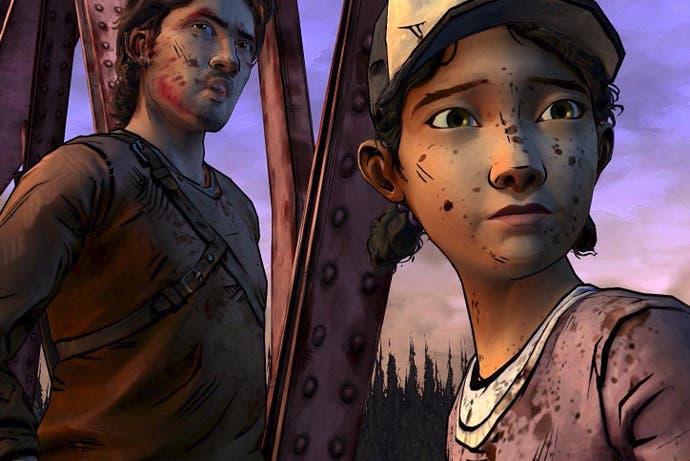Video games don't love or hate you - they're just built that way
Keith Stuart on how code develops a personality.
When I played Kevin Tom's Football Manager as an impressionable child in the early 1980s, I was certain there were teams that had a genuine grudge against me. This is why I still harbour a dread of Middlesbrough that feels partially unwarranted. I saw the same sense of malevolent intent in the rival god from Populous, who seemed to predict and mock my every tactic at later levels, and in Civilization with those darn Aztecs.
Then in 1992 something happened that made me question my entire relationship with video games: I got a summer job at a game development studio.
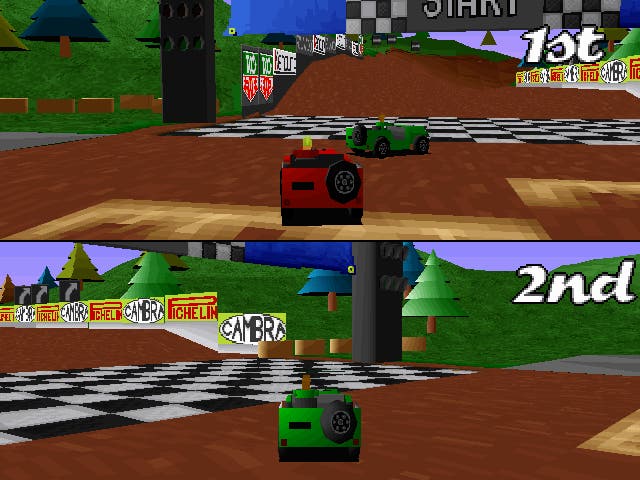
If you've been reading my Eurogamer columns you'll know that I worked at Big Red Software in Leamington for several summers from 1992 to 1996. This small studio did a lot of work for Codemasters, based just up the road in Southam, but we also made our own original games - on very limited resources. There were, after all, only six of us when I started, and I was just there to write bad narrative and instruction manuals, and spent most of my time playing Monkey Island. We can pretty much write me out of the equation. But somehow in 1996 we made a pretty good game called Big Red Racing, a weird driving sim with jeeps, diggers and mud buggies and lots of jumps and ramps. One of our tracks was on Venus. We weren't really that into realism.
But when the reviews started coming after release, we noticed something unusual. Some of the critics were praising the game's artificial intelligence system - the way that some drivers seemed to develop rivalries with each other as well as with the player. This was surprising because... well, there was no artificial intelligence system. There was no AI at all. "Big Red Racing's AI is six separate recordings - or seven if you include the pre-race helicopter flyover," says the game's coder Fred Williams. "All of these were played by hand, generally by whoever designed the track."
In other words, for every track in Big Red Racing, the designer actually played through the game and recorded the "footage". They did this six times: once for each car in the race. These recordings were then effectively superimposed into the player's racing experience. You are effectively competing against the ghost data of the game designer. "Rubber banding was added late in development, and it just adjusts the playback speed to try to keep the player in the pack until the final lap," says Fred. "Consequently, if you hang around in last place you'll see some really odd mid-air slow-mo behaviour on the ramps." Look, we only had two coders, a tiny budget and a short development period - there wasn't time for fancy AI.
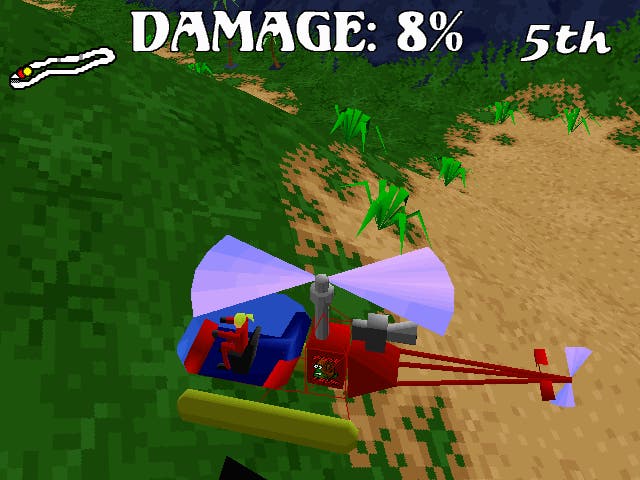
The other problem with this approach was that the player car could never smash AI cars off the track because they weren't really there - however, collision detection was switched on for the player's car so you could be jostled. This was interpreted by a lot of players as aggressive enemy AI - they enjoyed the rugged sense of desperate competition; they believed that guy driving the bulldozer really had it in for them. The guy driving the bulldozer didn't exist. The player created him. Of course, we all know about rubber-banding the technique used in a lot of driving games, in which cars at the back of the pack are given slightly enhanced top speeds in order to catch the vehicles at the front, thereby creating a continual sense of close competition. We also worked on the famed Micro Machines series at Big Red, and when porting the game from console to PC, Fred immediately discovered that all the AI cars have infinite tyre grip when they're not onscreen; they'll literally never spin off the kitchen table circuit if the player can't see them. This feels like an excellent metaphor for quantum theory and the anthropic principle, but let's not go there right now.
But this was technical "cheat", it was about ensuring a constantly competitive experience. What's interesting about the Big Red Racing example is that the effect is more psychological - it made the player feel as though the rival cars had agency; it created an emergent narrative between player and computer-controlled enemy. What we discovered as a development team was that Micro Machines was also doing the same thing. In that game every 12x12-pixel square of track graphics was also an attribute tile: it contained simple instructions letting computer-controlled cars know what to do when they touched it. Part of this information was an arrow, showing them where to steer. If they strayed outside of the circuit, all the attribute tiles pointed back at the track, forcing the car to take fast evasive manoeuvres. There was no actual intelligence, the car was just responding to signs - but as we were converting the game to PC we realised that's not what it looked like.
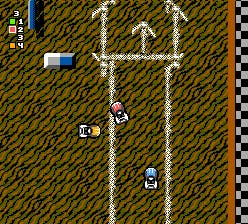
"If a car was nudged off track it'd steer back towards it, and quite likely collide with another car in the process, so it looked like a constant battle between the characters," says Big Red's other coder at the time, Jonathan Cartwright. "With some of the corner pieces the cars would go so fast that they'd overshoot and hence skid back to get on track, so it looked like they were doing awesome stunts. Add in a player car colliding with AI cars and the race is never the same twice. What you believed was that there was a grudge between Spider and Emilio, and that they were going for each other on the course. And you believed that the AI characters were trying to mess you up too. It was such a neat solution, and very efficient given the power of the processors in these old consoles. It total fooled me until I knew how it was done. What is it they say? 'You don't want to know how the sausage is made'."
What Micro Machines showed, and what countless other video games have discovered is that, if you put enough competing physical systems into a game, a kind of intelligence seems to emerge from the resulting interactions. This magic happens because, as a species, we tend to imbue other objects - whether they're machines or animals - with human emotions and fallibilities. That's why so many people name their cars, and why they refer to everything from hot water boilers to toasters as 'temperamental'. We imprint emotional depth and resonance on everything around us, because that's how we read the world.
This is the beautiful thing about video games - they allow a sort of relationship between player and designer; they allow us to imprint our own narratives onto the smallest and most basic of interactions. Jonathan mentions Gauntlet as another great example. In this early dungeon crawler, the enemy ghouls and monsters crowd up against the walls of nearby rooms, seemingly desperate to get to the player, following your every move as though ravenously drawn by the smell or sound of you. "The reality is that they're simply X/Y homing to you, and if a wall gets in the way then they have to stop. Whilst this was simple and efficient, and indeed on an old arcade board you weren't going to be able to do much more and still have that huge horde of enemies, it was actually just right for the game. As a player you felt overwhelmed, it felt epic. Once you know how it works you can use it to your advantage, but it's all down to how you interpret it, and the 'intelligence' that you imbue the game with."
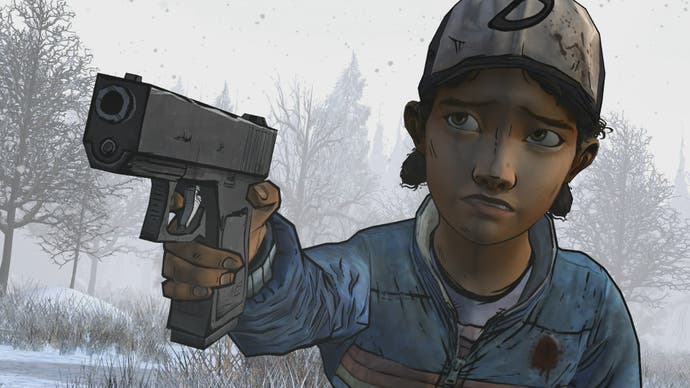
The meaning of every narrative exists somewhere between the audience and the author - there is an interpretive space that allows us to project our own feelings, fears and desires into the story. That is the fundamental beauty of all art. In video games, we get to have these relationships in real-time, with a narrative that appears to respond to us, that we have power over. That's why we'll happily spend 200 hours in Witcher 3 or play Spelunky over and over again for years. That's also why, even though we suspect that Telltale's games are basically choose-you-own adventure stories with little genuine player autonomy, we still feel and fear for the characters and don't want to let them down. When you see the phrase "Clementine will remember that" it has immense power because it confirms our expectations of what games do - and what the world outside of our control does. It remembers. It responds. It cares.
The reviewers of Big Red Racing weren't being naïve, they had just built for themselves a version of the game that was better. The trick for any story, for any system, is not to make it airtight, efficient or soullessly perfect. The trick is to make it believable.
